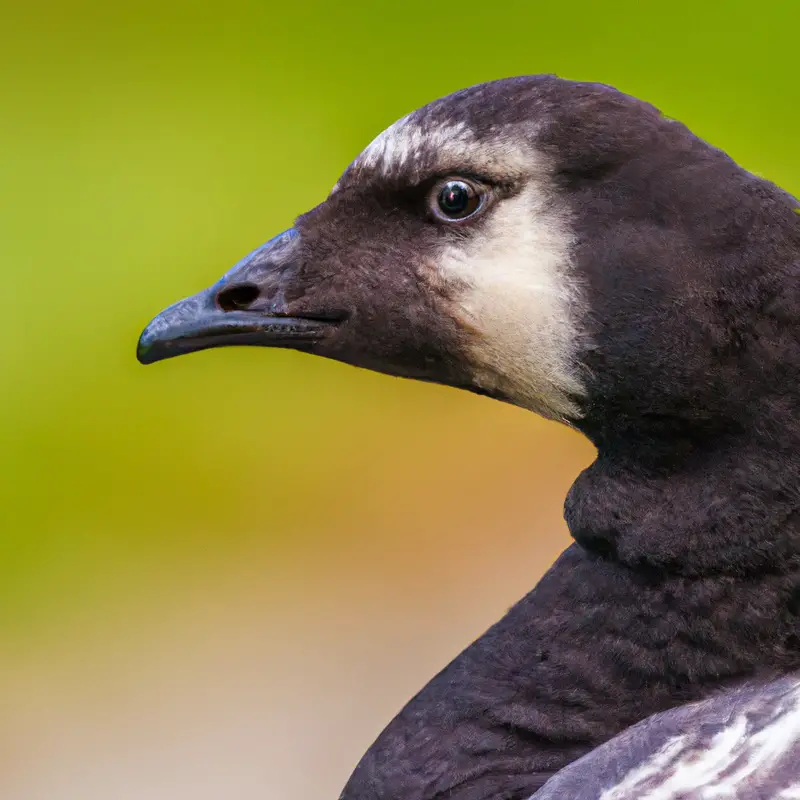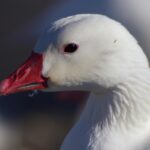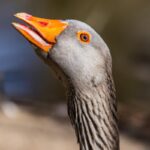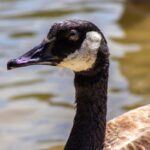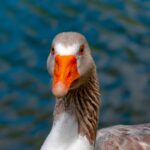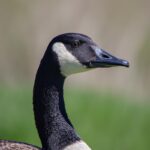Key Takeaways:
- Brant goose hunting is a popular activity in Alaska.
- The English language has rich vocabulary related to hunting and wildlife.
- Alaska provides excellent opportunities for hunters to target Brant geese.
- Hunting Brant geese requires permits and adherence to regulations.
Are you a hunting enthusiast looking for a thrilling adventure in Alaska?
Well, look no further because I’ve got just the thing for you – hunting Brant Goose! Brant Goose hunting in Alaska offers a unique and exciting experience that will leave you craving for more.
As an expert in this field, I’ll guide you through everything you need to know about hunting these magnificent birds.
From their characteristics and migration patterns to the best hunting techniques and essential gear, we’ve got it all covered.
So, grab your gear and get ready to embark on a thrilling hunting expedition in the wilds of Alaska!
Category | Information |
Scientific Name | Branta bernicla nigricans |
Primary Hunting Season | October to November |
Distribution | Alaska, Canada, Siberia |
Habitat | Coastal areas, tundra, marshes |
Conservation Status | Least Concern (population stable) |
Bag Limit | Varies based on location and dates |
Preferred Firearm | 12-gauge shotgun |
Recommended Loads | BB, BBB, T-shot |
Preparation and Cooking | Brined, roasted, smoked |
Taste | Similar to other goose species, with a rich, gamey flavor |
What is Brant Goose
Characteristics of Brant Goose
The Brant Goose, also known as the Brent Goose, is a small goose species that can be found in Arctic regions. Here are some key characteristics of the Brant Goose:
- Appearance: Brant Geese are small in size, measuring about 24-26 inches in length and weighing around 3-5 pounds. They have a black head and neck, with a white patch on their cheeks and a small white collar around their neck.
- Habitat: Brant Geese primarily inhabit coastal areas, including salt marshes, beaches, and estuaries. They can be found in both North America and Europe during their breeding and wintering seasons.
- Diet: These geese are mainly herbivorous, feeding on a variety of plants such as eelgrass, sea lettuce, and saltwort. They often graze along shorelines and also rely on intertidal vegetation for their nourishment.
- Migration: Brant Geese are known for their long-distance migrations. They breed in the Arctic regions and then travel to their wintering grounds in temperate and even subtropical areas. They follow established migration routes, using landmarks and celestial cues to navigate.
- Behavior: Brant Geese are social birds and often gather in large flocks, especially during migration and wintering. They communicate using a range of vocalizations, including soft honking sounds. They are vigilant and have the ability to quickly take flight when threatened.
These are some of the key characteristics of the Brant Goose. Understanding their appearance, habitat, diet, migration patterns, and behavior can provide insight into their life and help in their conservation efforts.
Hunting Brant Goose in Alaska
Overview of Brant Goose hunting in Alaska
Brant Goose hunting in Alaska offers a thrilling experience for avid hunters. The coastal areas of Alaska serve as important stopover sites for migrating Brant Geese.
In order to participate in this unique hunting opportunity, it is important to obtain the necessary licenses and permits.
Alaska has specific regulations in place to ensure the sustainability of the Brant Goose population. It is crucial to familiarize yourself with these regulations and adhere to them.
Remember to prioritize safety and ethical hunting practices during your hunt.

Hunting regulations and permits in Alaska
In Alaska, hunting regulations and permits are essential for maintaining the health of wildlife populations and ensuring a sustainable hunting experience. To hunt brant geese in Alaska, you must have the appropriate permits and follow the regulations set by the Alaska Department of Fish and Game.
These regulations include specific hunting seasons, bag limits, and areas where hunting is allowed.
It’s important to stay informed about any changes in regulations and obtain the necessary permits before heading out on your hunting adventure. By doing so, you can enjoy hunting brant geese in Alaska responsibly and contribute to the conservation efforts in the state.
Best Time for Brant Goose Hunting
Migration patterns of Brant Goose
The Brant Goose follows a specific migration pattern each year.
In the spring, they leave their wintering grounds in Mexico and head north to the Arctic to breed.
During the fall, they make their way back south, stopping in various locations along the way to rest and feed.
The exact timing of their migration varies, but it typically occurs in April and May for the spring and in September and October for the fall.
These geese rely on their instincts and environmental cues to navigate their journey, which can span thousands of miles.
Peak hunting season in Alaska
The peak hunting season in Alaska for Brant geese is during the months of September and October.
During this time, the geese are migrating south and stopping in Alaska to rest and feed before continuing on their journey.
The cool temperatures and abundant food sources make it an ideal time for hunting these migratory birds.
It’s important to check with local regulations and obtain the necessary permits before embarking on a hunting trip.
Dress warmly and be prepared for varying weather conditions in Alaska.
Happy hunting!
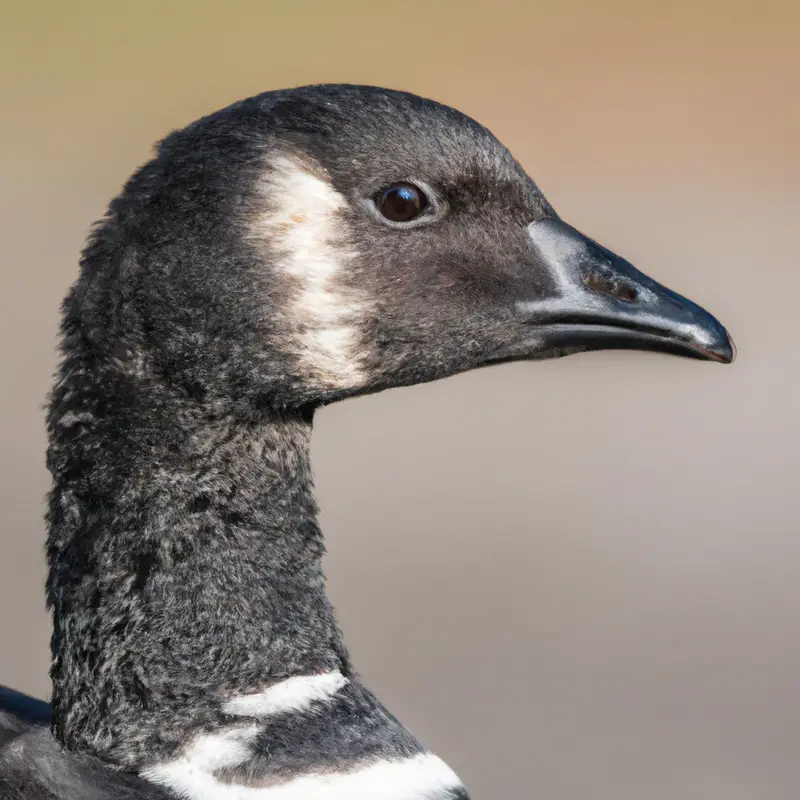
Hunting Techniques and Tips
Decoy placement strategies
When it comes to decoy placement strategies for hunting Brant Goose in Alaska, there are a few key considerations to keep in mind.
Here are some tips to help you effectively position your decoys:
- Spread them out: Place your decoys in a dispersed and natural-looking pattern. This will create the illusion of a larger flock, attracting the attention of passing geese.
- Use wind to your advantage: Position your decoys downwind from your hunting spot. This will guide approaching geese towards your location, as they prefer to land into the wind.
- Vary decoy positions: Mix up the positions of your decoys to mimic a diverse and active feeding or resting flock. This variation makes your spread look more enticing to Brant Geese.
- Consider visibility: Make sure your decoys are easily visible from a distance. Place them in open areas with good line of sight so that passing geese can spot them from afar.
Remember, every hunting situation is unique, so don’t be afraid to experiment with different decoy placement strategies until you find what works best for you.
Happy hunting!
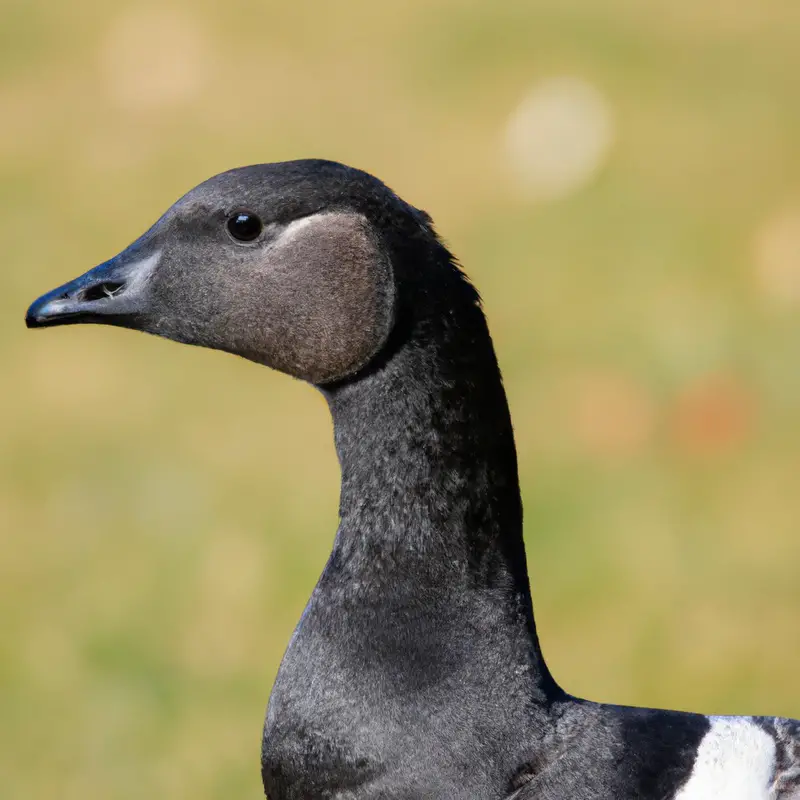
Calling techniques for Brant Goose
To successfully call Brant geese, start by using a high-pitched call to mimic their natural vocalizations.
Make sure to vary the pitch, rhythm, and volume to create a more realistic sound.
Incorporate a decoy spread to attract the geese and make your calls more effective.
Additionally, observe the geese’s behavior and adjust your calling accordingly.
Patience is key, as it may take time for the geese to respond to your calls.
Happy hunting!
Essential Gear for Brant Goose Hunting
Shotguns and ammunition for Brant Goose hunting
For Brant Goose hunting, it’s important to have the right shotgun and ammunition.
A 12-gauge shotgun is commonly used, but a 20-gauge can also work.
Choose a shotgun that is comfortable to hold and has a good pattern for shooting at flying geese.
As for ammunition, steel shot is required by law for waterfowl hunting.
Use shot sizes 2 to 4 for Brant geese.
Make sure to check and comply with local regulations regarding ammunition and shot size restrictions.
Camouflage clothing and accessories
Camouflage clothing and accessories are essential for successful Brant Goose hunting.
They help you blend in with the surroundings, making it harder for the geese to spot you.
Opt for camo patterns that match the environment you’ll be hunting in, whether it’s grassy fields or marshy wetlands.
Also, consider investing in a good camouflage face mask and gloves to conceal your facial features and hands, which can give away your position.
Additionally, camouflage backpacks and blinds can provide added concealment while you wait for the perfect shot.
Popular Hunting Locations in Alaska
Coastal areas for Brant Goose hunting
Coastal areas in Alaska provide excellent opportunities for Brant Goose hunting. Kodiak Island, Southeast Alaska, and the Copper River Delta are popular locations.
These areas offer a diverse mix of wetlands, estuaries, and open water, which are ideal habitats for Brant Geese.
Additionally, they have good access, either by boat or by road, making it easier for hunters to reach these hunting grounds. Keep in mind that hunting regulations and permits are required, so make sure to check with the Alaska Department of Fish and Game before planning your hunt.
Recommended hunting spots
If you’re looking for some recommended hunting spots in Alaska, I’ve got a few suggestions for you.
Here are some great locations that avid hunters often flock to:
- Kodiak Island: Known for its abundant wildlife, Kodiak Island offers an ideal environment for hunting, including the opportunity to hunt brant geese.
- Copper River Delta: Located in the southeastern part of Alaska, this area is home to various waterfowl species, making it a popular spot for bird hunting.
- Yukon River: If you’re interested in hunting moose, the Yukon River region is the place to go. You’ll have a chance to bag one of these majestic creatures.
- Denali National Park: This iconic park is not just known for its breathtaking scenery but also for its diverse wildlife, including caribou and Dall sheep. Hunting in this area can be an unforgettable experience.
Safety Considerations
Importance of hunter safety
Hunter safety is of utmost importance when participating in hunting activities. Being aware of and practicing safety measures can significantly reduce the risk of accidents and injuries.
It is crucial to understand firearm safety rules and regulations, use proper hunting equipment, and be knowledgeable about the wildlife being hunted.
Additionally, hunters should familiarize themselves with the terrain, weather conditions, and potential hazards in the hunting area. Maintaining clear communication and notifying others of your location can also contribute to a safe hunting experience.
Remember to always prioritize safety to enjoy a successful and accident-free hunting trip.
Weather and terrain awareness
Weather and terrain awareness is essential when hunting Brant Goose in Alaska. You must be familiar with the local weather patterns and how they can affect your hunting experience.
It’s important to check the weather forecast before heading out and dress appropriately for the conditions.
Pay attention to the terrain in the area where you’ll be hunting. Alaska’s landscape can be rugged and unpredictable, so it’s crucial to be aware of any potential hazards such as steep cliffs, ice patches, or dense vegetation.
Additionally, understand how weather conditions can impact the behavior and movement patterns of the geese.
For example, strong winds can affect their flight patterns, while heavy rain or snow may make it more challenging to locate and approach them. By staying informed about the weather and being mindful of the terrain, you can ensure a safer and more successful hunting experience.
Remember to always prioritize your safety and that of others, and take necessary precautions to minimize risks.
Cleaning and Cooking Brant Goose
Cleaning and dressing Brant Goose
Cleaning and dressing a Brant Goose is a straightforward process.
Here’s how you can do it:
- Start by plucking the feathers from the Brant Goose. Make sure to remove all the feathers so that the skin is exposed.
- Once the feathers are removed, use a sharp knife to make a small incision near the breastbone. Be careful not to cut too deep.
- Slowly and gently, separate the skin from the body of the goose, working your way around the bird. Take your time and be careful not to tear the skin.
- Once the skin is fully separated, remove the internal organs including the heart, liver, and lungs. You can keep the liver if you’d like to use it for cooking.
- Rinse the cleaned goose thoroughly with cold water to remove any remaining feathers or blood.
- After rinsing, pat the goose dry with paper towels or a clean cloth.
- At this point, you can either cook the Brant Goose whole or cut it into specific parts like breast, legs, and wings, depending on your preference.
Remember to always handle raw poultry with clean hands and sanitize any surfaces or utensils that come into contact with the bird.
Enjoy your meal!
Popular recipes for cooking Brant Goose
There are many popular recipes for cooking Brant Goose that you can try to enhance its delicious flavor. Some common methods include roasting the bird with herbs and spices, grilling it to perfection, or even creating a flavorful marinade to infuse the meat with tasty ingredients.
You can also cook Brant Goose in soups, stews, or as a substitute for other poultry in your favorite recipes.
Don’t forget to experiment with different flavors and cooking techniques to find your own favorite way to prepare this unique bird!
Frequently Asked Questions (FAQs)
Are there bag limits for Brant Goose hunting in Alaska?
Yes, there are bag limits for Brant Goose hunting in Alaska. The bag limit is two Brant Geese per day for hunters who have successfully obtained a valid hunting license and tags.
It is important to adhere to these bag limits to ensure the sustainability of the Brant Goose population and to maintain a healthy and balanced ecosystem.
Always check the current regulations and guidelines set by the Alaska Department of Fish and Game before engaging in Brant Goose hunting.
Can non-residents hunt Brant Goose in Alaska?
Yes, non-residents can hunt Brant Goose in Alaska! The Alaska Department of Fish and Game allows non-residents to hunt Brant Goose during designated hunting seasons.
However, make sure to check the specific regulations and obtain the necessary licenses and permits before heading out on your hunting trip.
It’s important to follow all the rules and guidelines to ensure a safe and legal hunting experience.
Happy hunting!
What are the hunting season dates for Brant Goose in Alaska?
The hunting season for Brant Goose in Alaska typically runs from September to December.
It’s important to note that specific dates can vary based on regulations set by the Alaska Department of Fish and Game.
It’s always a good idea to check the most up-to-date information, as these dates are subject to change.
Remember to review and follow all applicable hunting regulations and obtain any necessary licenses or permits before participating in Brant Goose hunting in Alaska.
Final Verdict
Hunting Brant Goose in Alaska provides an unforgettable outdoor experience for both residents and non-residents alike.
With its diverse hunting locations and peak seasons, Alaska offers ample opportunities for hunters to pursue this magnificent waterfowl.
By understanding the characteristics of Brant Goose, mastering hunting techniques, and acquiring the essential gear, hunters can increase their chances of a successful hunt.
It is vital to prioritize safety and be aware of the hunting regulations and permits in Alaska.
Finally, cleaning and cooking the harvested Brant Goose can create delicious and satisfying meals.
So why wait?
Grab your gear, head to Alaska, and embark on a thrilling Brant Goose hunting adventure.
